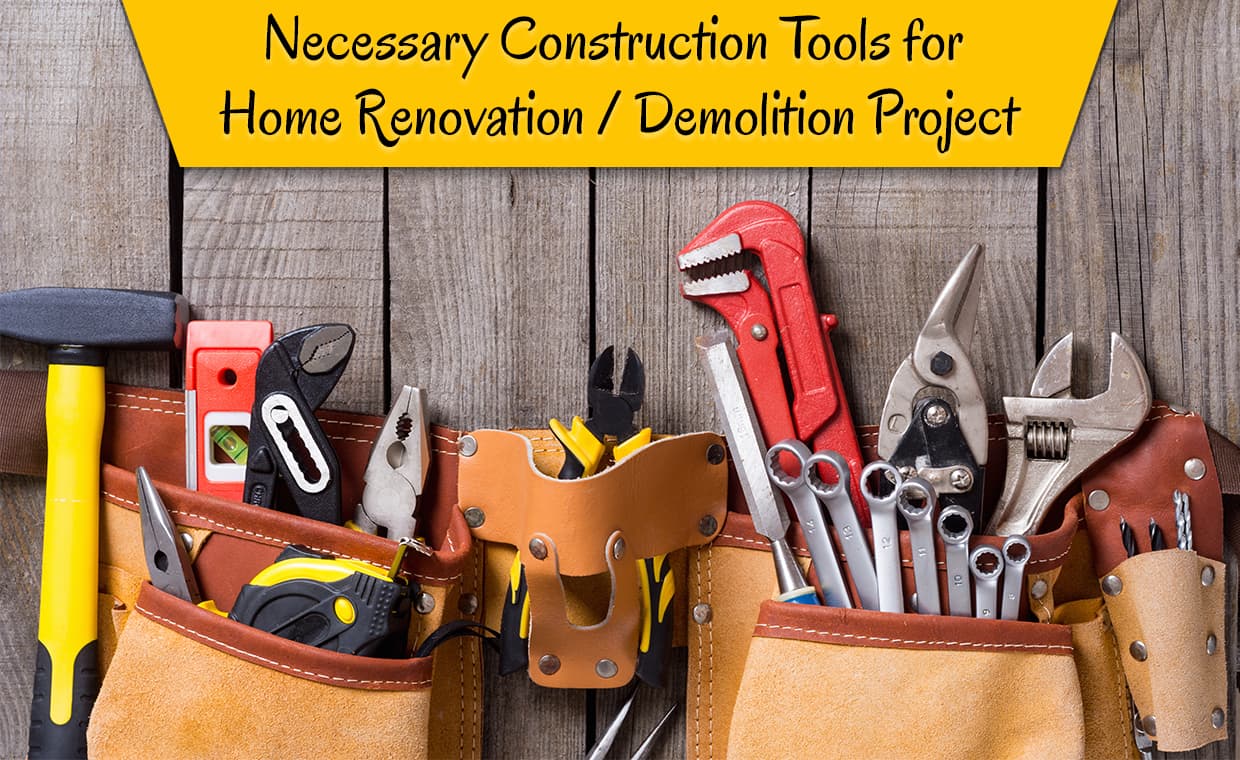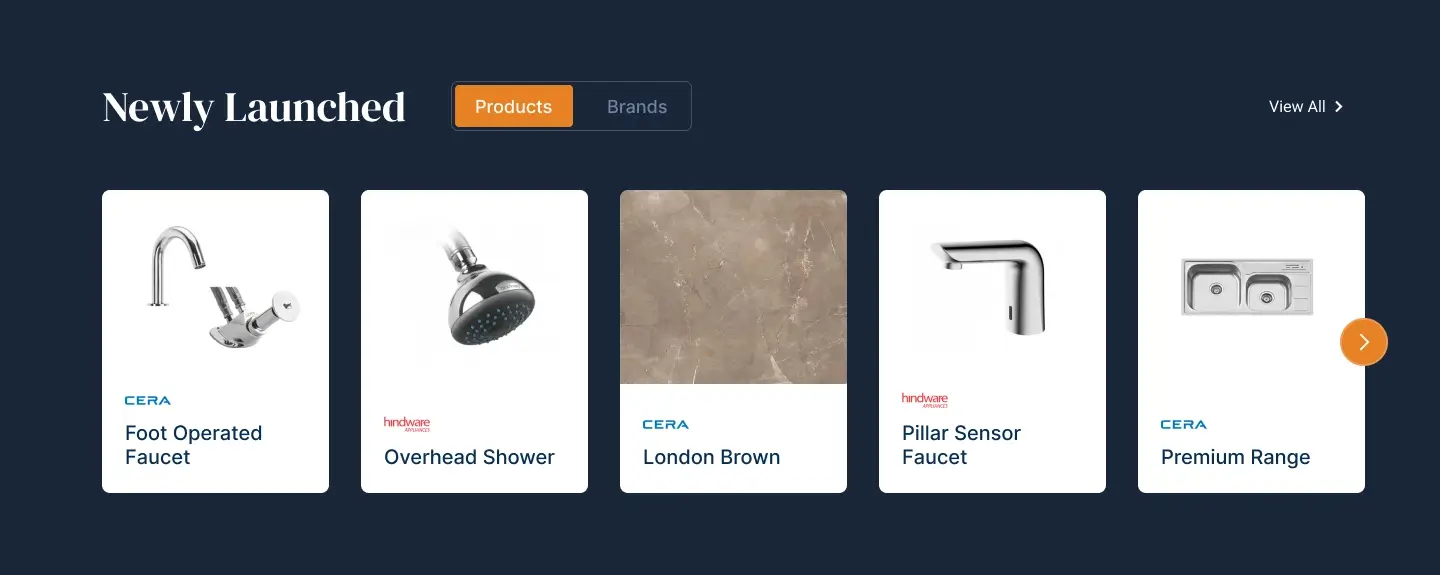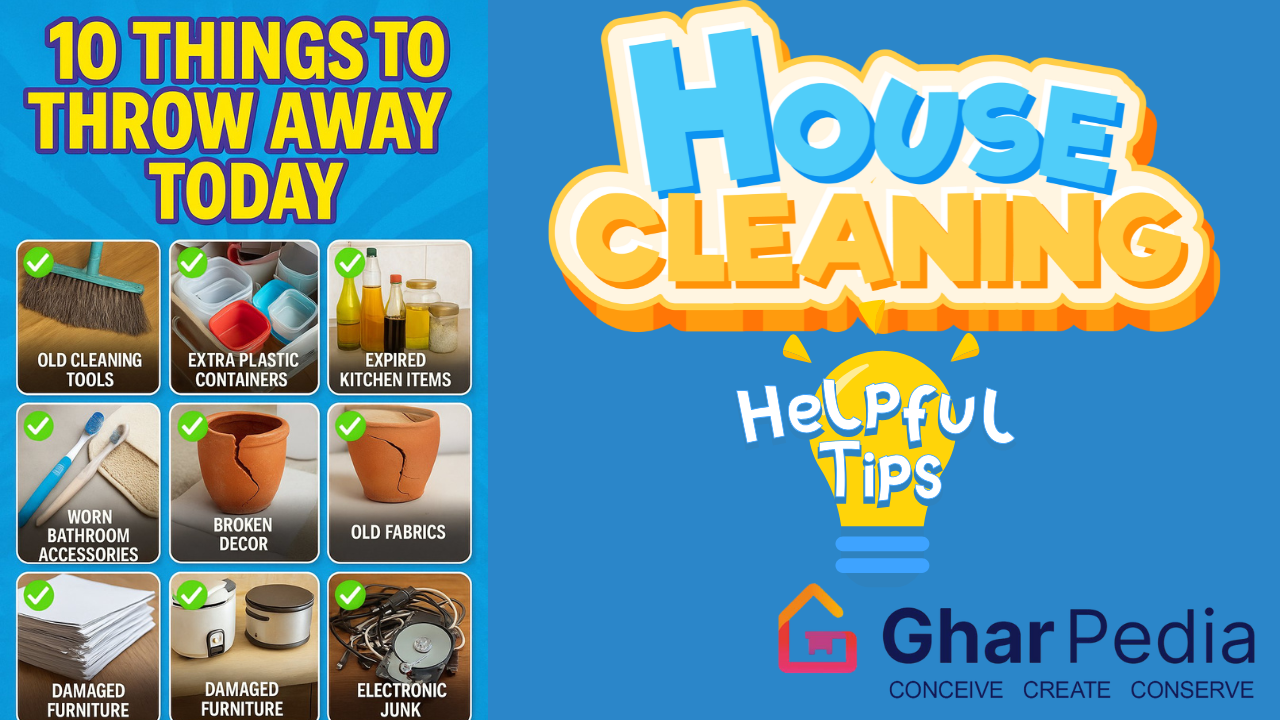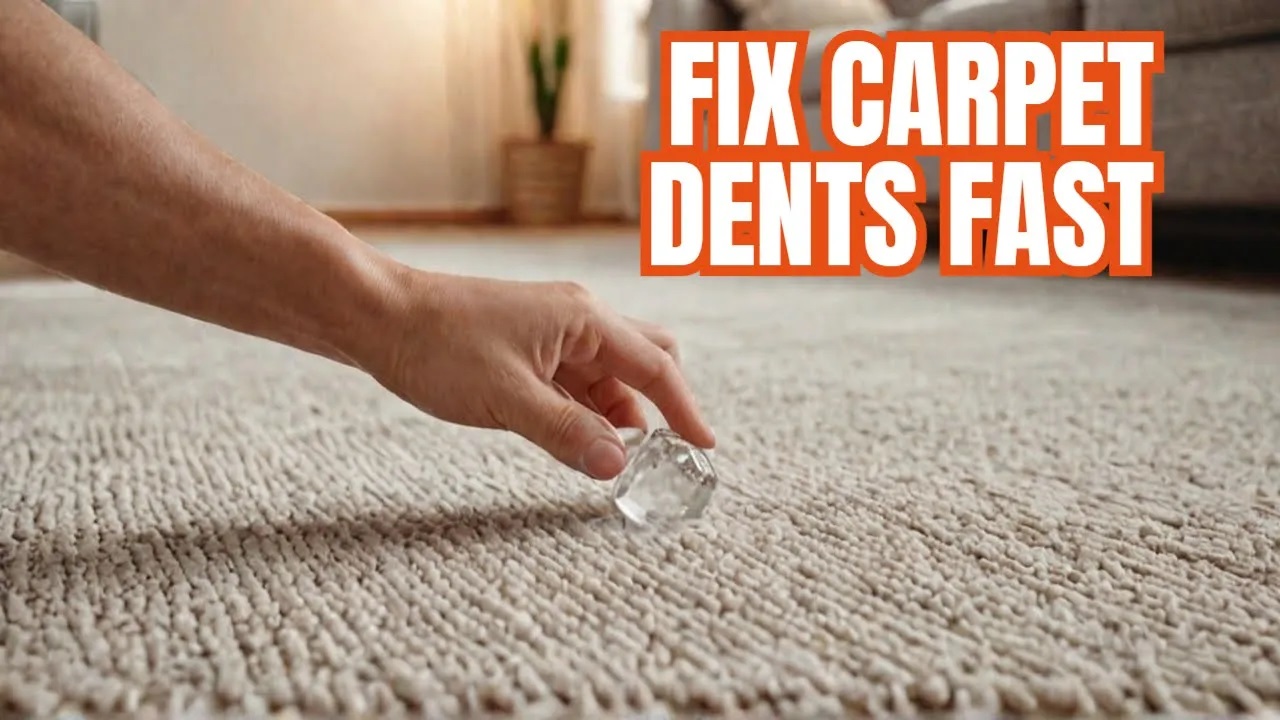
DIY home projects are all the craze these days, especially now that information and instructional videos have become more accessible. With a good amount of initiative, plus the right guidelines on how to get things done, almost any person can work on their homes without facing too many issues.While having an idea about how you’re supposed to go through each step can speed up the renovation process, sometimes you may get stuck midway if you don’t have the right tools. Yes, it’s possible to improvise if your materials are incomplete. Undeniably, though, things will be easier if you already have the necessary materials to begin with.
How to Know Which Tools You Should Pick
Building a reliable DIY toolbox typically starts as a small investment. As you get better with certain skills, it won’t be long before you’re ready to level up and buy a new set of tools that can further expand the kinds of projects that you can work on.
For beginners, a simple home renovation project can proceed well if you have these construction tools:
Construction Tools for Renovation Project
01. Construction Tools – 1 – Screwdrivers

Screwdrivers are handy tools to have around the house. While they’re great for home renovation projects, you’ll also need them for simple repairs and tasks like changing the light bulbs or tightening loose hardware.
Since you’ll probably need the help of screwdrivers on a regular basis, it’s recommended to buy a 10-piece set that can accommodate the common Phillips-head screws.
02. Construction Tools – 2 – Pliers

Pliers are the go-to tool for slicing wirings, replacing old showerheads, straightening bent plugs, or simply gripping anything that needs to be stabilized.
03. Construction Tools – 3 – Adjustable Wrench

Wrenches are necessary for assembling and tightening certain appliances, swing sets, and even plumbing fixtures.
They usually come in two sizes: a 6-inch long handle and a 10-inch long handle. The shorter one is recommended for tight spaces, while the longer one is great when you need added leverage to loosen a nut.
Do you want to know which tools are essential for plumbing work? Have a look on that,
04. Construction Tools – 4 – Hammer

A hammer with a curved claw is your tool when you need to drive nails for simple projects like ready-to-build furniture sets, birdhouses, or hanging wall pictures. The curved claw, on the other hand, proves useful when you’re disassembling something and you need to pull out the nails from conjoined pieces.
If you want to know more about DIY carpentry tools, here is the list for you.
05. Construction Tools – 5 – Putty Knife

Renovation generally involves a lot of scraping, spreading, or re-glazing. This is where a putty knife comes in. This can help you clean up any surface, or evenly spread substances that need to be applied.
06. Construction Tools – 6 – Tape Measure

No matter what your home renovation projects are, there will always be an instance when you need to measure something – be it the length of your wall or the height of the table that you want to work on. As you’ll quickly find out, numbers are everything when it comes to producing high-quality work.
07. Construction Tools – 7 – Handsaw

If you aren’t quite ready for a power saw yet, a sharp handsaw can help you learn the basics of moulding stock or trimming wood. This is how you’ll learn to be accurate with your measurements and cut strokes.
The circular saw is also one important tool for home renovation project. Know in detail from here,
08. Construction Tools – 8 – Utility Knife

You’ll most likely need a knife for a lot of trivial things concerning your renovation. Better get a trusty utility knife with a rubberized handle to easily get those trivial matters out of the way.
09. Construction Tools – 9 – Duct Tape

There’s a reason why duct tapes are often included in emergency packs. It’s because they’re good enough as a quick fix when you need to repair torn or broken items.
10. Construction Tools – 10 – Ladder
Ladders come in different varieties. For home renovation projects, the ones that are commonly used are step stools, step ladders, or A-frame ladders. Oftentimes, these options are enough because you’ll only need a few feet of extra height to accomplish the task at hand. You can check out some of the best ladders here.
11. Construction Tools – 11 – Sensor Tools
Sensors help you find pipes, cables, and studs. This is extremely important because you don’t want to hit or break anything that you’re not supposed to when you’re renovating the house.
12. Construction Tools – 12 – Socket Set

Socket sets will help you assemble items that are attached by nuts and bolts more efficiently. Instead of manually tightening everything, socket sets minimize the possibility of having bolts that are dangerously loose.
Of course, home renovation projects can also involve demolition jobs if you’re going for a complete overhaul. For this, you’ll need the following:
Construction Tools for Demolition
01. Construction Tools – 13 – Sledgehammer

A hammer with a long handle and a heavy head, sledgehammers rely on the user’s momentum to break down concrete. This is generally used for renovation projects that require the destruction of established walls.
02. Construction Tools – 14 – Crowbar

Crowbars are used to tear wooden boards apart or open nailed crates. They are also used to separate two objects that have been stuck together.
03. Construction Tools – 15 – Reciprocating Saw

Reciprocating saws are one of the best demolition tools because they can cut through almost anything – except concrete.
When you’ve gained a little more confidence with your DIY skills, a few power tools can make your projects more precise and a lot cleaner around the edges. Here are a few that you can initially invest in:
Power Tools used during Home Renovation Project
01. Construction Tools – 16 – Extension Cords

This isn’t a power tool, but extension cords come first because you’ll need them to operate your tools when the power outlet is limited or is located far away from your work area.
02. Construction Tools – 17 – Cordless Drill

Cordless drills can punch holes into a wooden surface or screw things into place. It’s usually used for woodworking or assembling furniture. If you want to use it for remodelling purposes, higher-powered models are better suited for the task.
While choosing woodworking tools, you must have some knowledge regarding this. Have some idea before you buy.
4 Tips on Choosing the Best Used Woodworking Tools!
03. Construction Tools – 18 – Angle Grinder

A top-notch angle grinder is a versatile handheld power tool that can cut pavers and tiles. It can also grind metal and rout out mortar, on top of being able to sharpen, polish, and sand down surfaces. Depending on what you need to do, you can simply change the grinder’s wheel to get the job done.
Hence, if you’re looking for a power tool that’s multipurpose, you won’t be disappointed with what the angle grinder can offer. You’ll definitely be able to use it even in vastly different types of home projects.
We have also written article for masonry tools, which are used in masonry work.
04. Construction Tools – 19 – Nailer

As the name suggests, a nailer is a power tool that’s used to drive nails into different surfaces. If you’ve already mastered the art of hammering, nailers will elevate your DIY game to a whole new level with their accuracy and efficiency.
05. Construction Tools – 20 – Table Saw

If you’re getting more serious about your woodworking projects, a table saw will be useful in giving you accurate lengthwise cuts.
It’s worth noting, however, that this is one of the most dangerous power tools out there. That’s because you’ll have to hold the material that you want to cut instead of the tool itself. Thus, if the user isn’t careful, they might accidentally get their hands in the way of the blade.
06. Construction Tools – 21 – Oscillating Tool

Another versatile power tool, an oscillating tool can handle a wide variety of tasks. It can trim woods and floorboards, remove metal rusts, mortar, and old paint, cut openings in walls, and sand down furniture.
Must Have Protective Gears
Once you’re done conceptually preparing for home renovation and collecting the right stuff for your toolbox, it’s time to do the actual work. However, before you get too excited about hammering away, make sure that you don’t forget about your protective gears.
After all, accidents can still happen even if you’re already experienced. Thus, you want to minimize the chances of getting hurt as much as possible. Listed below are 4 gears that should be included in your DIY arsenal:
01. Construction Tools – 22 – Goggles

Getting something into your eyes can be dangerous while going DIY. Choose a pair of safety goggles that are well-ventilated so it doesn’t fog up. Lightweight ones with a wide field of vision are highly recommended because they’re less likely to cause pressure headaches.
02. Construction Tools – 23 – Respirator

Aside from your eyes, you’ll also need to protect your lungs from dust and other harmful particles. Many cheap respirators come in a one-size-fits-all sizing, but you’re better off choosing the ones that come in multiple sizes to get a better fit.
03. Construction Tools – 24 – Working Gloves

Grip gloves and work gloves are extremely useful when you need to protect your hands from chemicals or abrasions. Choose a size that affords you flexibility and dexterity so it doesn’t interfere with your task.
04. Construction Tools – 25 – Working Overalls

If you’d rather not get any of your normal clothes dirty, wearing some overalls that’s dedicated specifically to DIY projects can help protect you and get you in the best working mood.
Your Set of Tools should be Based on Your Current Skill Level
As a DIY enthusiast, you probably have your own set of DIY goals that are reflective of your skill level. Most likely, you’ll want to progress with the types of projects that you’re handling as you learn how to take on harder tasks.
While it’s tempting to purchase every advanced tool that you can find, it’s important to consider if your skills and projects are suitable for it in the first place. After all, the real magic of advanced tools can only be seen in the hands of someone experienced.For now, it’s better if you stick only with what’s essential, or the construction tools that you’ll actually use regularly. That way, as your home remodelling and renovation skills improve, it’ll be easier for you to figure out which tools can really make your projects look better.
Image Courtesy: Image 16, Image 21, Image 22, Image 23, Image 25






































